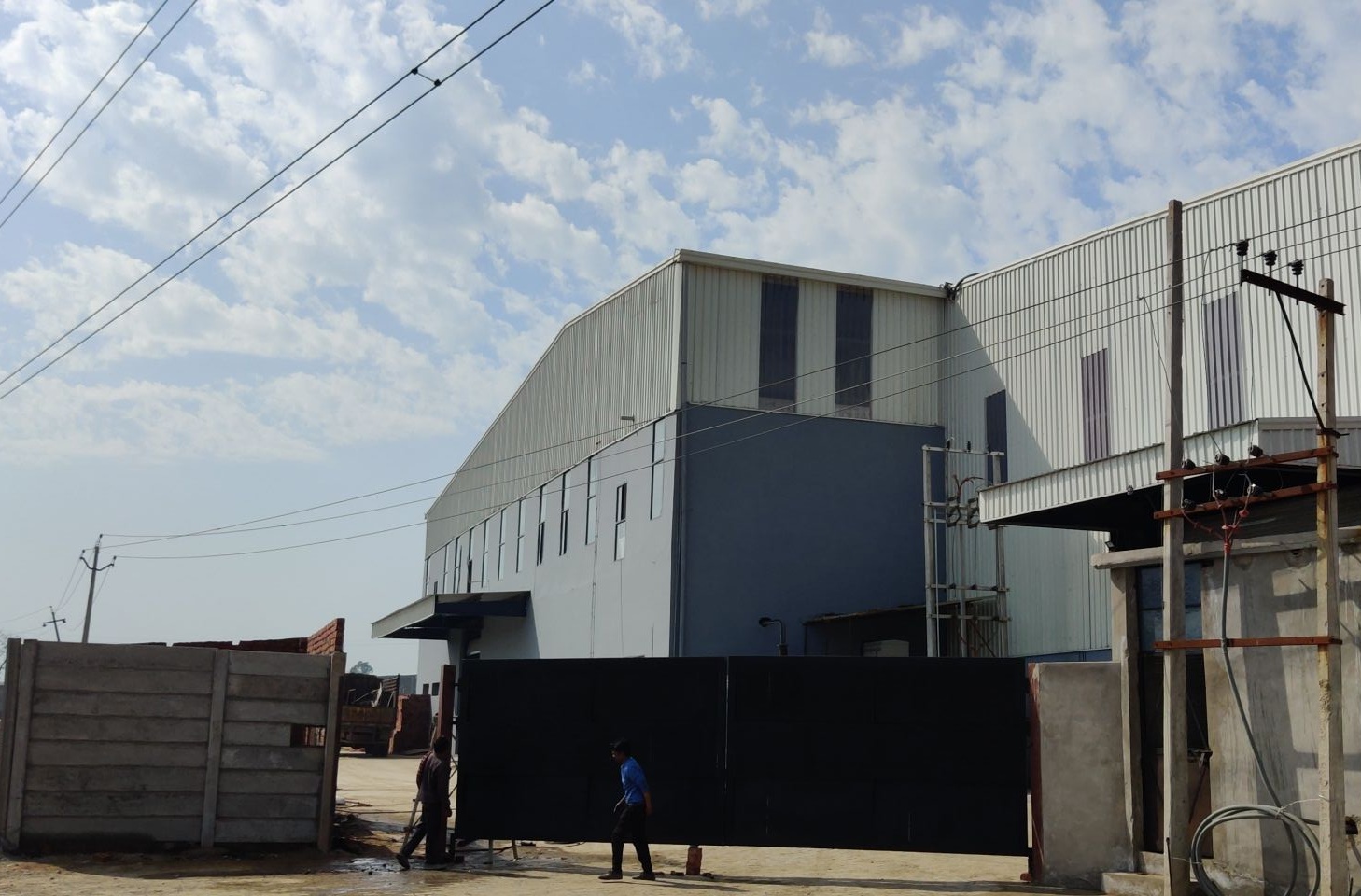When it comes to MIG (Metal Inert Gas) welding, selecting the right wire size is crucial for achieving optimal results. The size of the MIG wire you use can significantly impact the quality, strength, and appearance of your welds. In this blog post, we’ll discuss the factors to consider when choosing the size of MIG wire for your welding project and provide guidelines to help you make an informed decision.
The diameter of MIG welding wire is typically measured in millimeters (e.g., 0.8 mm or 1.0 mm) . The wire diameter you choose depends on several factors, including the material you’re welding, the thickness of the base metal, and the welding parameters.
One of the primary considerations when selecting MIG wire size is the thickness of the material you’re welding. Thinner materials generally require thinner wires to ensure proper penetration and minimize the risk of burn-through. For example, when welding thin sheet metal, you might use a smaller diameter wire, such as 0.8mm, to achieve precise and controlled welds without causing excessive heat distortion.
Conversely, thicker materials typically require larger diameter wires to provide sufficient filler metal and heat input for proper fusion. When welding thicker sections of steel or other metals, you might use a larger diameter wire, such as 1mm or 1.2 mm, to accommodate the higher welding currents and deposition rates needed for these applications.
The welding position (e.g., flat, horizontal, vertical, or overhead) can also influence the choice of MIG wire size. Some wire diameters are better suited for certain welding positions due to their deposition rates and ability to control the weld pool. For example, smaller diameter wires might be preferred for overhead welding to minimize the risk of drips and spatter, while larger diameter wires could be more suitable for flat or horizontal welding to increase deposition rates and travel speeds.
The welding parameters, such as voltage, amperage, and wire feed speed, play a crucial role in determining the appropriate wire size for your MIG welding application. Different wire sizes require specific welding parameters to achieve optimal performance. It’s essential to consult the manufacturer’s recommendations and welding procedure specifications (WPS) to ensure that you’re using the correct settings for the chosen wire size.
In conclusion, choosing the right size MIG wire is essential for achieving high-quality welds with excellent penetration and minimal defects. Considerations such as material thickness, welding position, and welding parameters should guide your decision when selecting the appropriate wire diameter for your specific welding project. By understanding these factors and their impact on weld quality, you can make informed choices that lead to successful welding outcomes.

